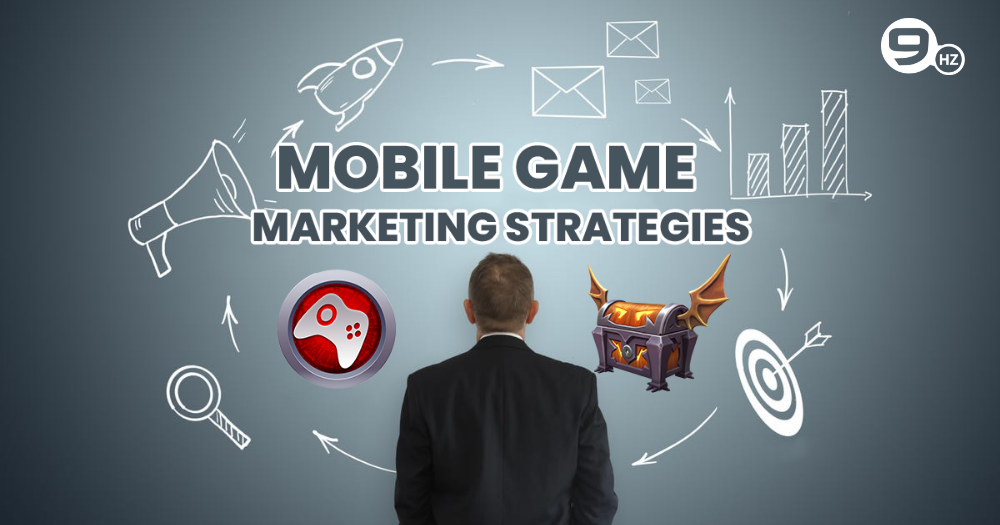Mobile Game Marketing Strategies for Indie Developers
Marketing a mobile game as an indie developer can be tough due to the saturated mobile market and limited resources. However, with the right strategies, it is possible to achieve success. This article will discuss some effective free and paid marketing tactics for indie game developers based on years of experience in the mobile games industry.
Optimizing for Discovery
App Store Optimization or ASO is one of the most powerful free marketing strategies for indie games. Taking the time to optimize elements like app icons, screenshots, titles, descriptions, and keywords can significantly boost discovery and downloads. While ASO alone may not drive large numbers of installs, it helps get your game in front of more potential players. Focus on using compelling visuals and descriptions that clearly communicate what makes your game unique and appealing to the target audience. Regularly test different ASO variations and refinements.
Optimization is an ongoing process as the stores’ algorithms continuously evolve. Leverage store analytics to identify weak points needing improvement. For example, poor visibility in certain countries or categories may indicate keywords or other elements could be optimized. Continually tweaking small details based on data can help slowly increase the daily install numbers over time through organic discovery.

Community Engagement
Building a community engaged with your game is another important free marketing tactic for indies. While it requires more effort upfront compared to ASO, a loyal fanbase can help drive long-term player retention and word-of-mouth growth. Community engagement strategies include creating social media accounts for your game, hosting regular developer updates and AMAs, building a website or blog to share development progress, and fostering discussion through forums or a Discord server. Don’t forget to actively participate and nurture discussion within your community to keep players invested. Their passion and feedback can also help further improve your game. While community size may grow slowly at first, a dedicated fanbase is incredibly valuable long-term.
Evaluating your Game
Before spending excessive time and resources marketing a game, indie developers must critically evaluate if their title is commercially viable. Unfortunately, most games are simply not compelling or unique enough to succeed in today’s saturated market. Take an objective look at crucial factors like mechanics, monetization strategy, core gameplay loop, target audience, and market fit compared to similar titles. Be willing to accept if your game lacks the quality or appeal needed. Instead of wasting efforts marketing an unpolished concept, it’s better to iterate or start a new project with stronger foundations. Commercial success is far from guaranteed even for well-made games, so having a title with true competitive advantages improves chances significantly.
Reaching Out to Influencers
Social media influencers with engaged gaming communities can be a powerful promotional channel for indie titles. However, it’s important to identify influencers whose audiences truly align with your game’s target demographic. Rather than focusing on the largest names, seeking out mid-size influencers may yield better results. Communicate passion for your project and be transparent that your studio is indie-run when reaching out. While many influencers charge for sponsored coverage, some may be willing to feature your game organically if impressed by the quality and originality. Having a compelling pitch ready highlighting what makes your title unique and why the influencer’s community would enjoy it increases chances of grabing their interest. Don’t underestimate the promotional impact even a single positive coverage from the right influencer can provide.
Evaluating Paid User Acquisition
If an indie title shows strong commercial potential based on positive early traction, paid user acquisition via advertisements may be worthwhile to explore scaling up downloads. However, developers must go into it with realistic expectations. Carefully analyze metrics like cost per install, retention, and average revenue per user to determine profitability. It often requires hundreds or thousands of dollars in ad spend just to generate enough data for informed decision making. Focus first on low-cost acquisition regions to minimize risks. Ad networks like Facebook and Google Adwords provide robust analytics to help optimize campaigns over time. The goal is to gradually decrease customer acquisition costs through testing while maintaining or ideally improving other metrics. It’s a learning process that requires dedication to see profitable results.
Securing Publisher Support
For indie games demonstrating stand-out quality and commercial caliber, partnering with a mobile games publisher could help take promotions and reach to the next level. Reputable publishers specializing in indie titles often provide services including localization, marketing support, business development opportunities, and access to broader storefront distributions. In some cases, they may even take over live operations duties. However, it’s important to maintain some level of creative control and receive fair revenue-sharing terms. Do thorough due diligence researching potential partners and reading developer testimonials to find the best fit. Landing support from the right mobile publisher can be truly transformative for an indie game by bringing in significant playerscale.
In summary, there is no single silver bullet for indie game marketing success. Developing compelling games and testing a range of promotional strategies, both free and paid depending on scale, provide the best chances over the long run. With persistent creativity, data-driven optimization, and a dedication to player experience - indie developers stand a reasonable chance of achieving commercial viability in the cutthroat mobile market. Now get out there and start promoting your unique game!
